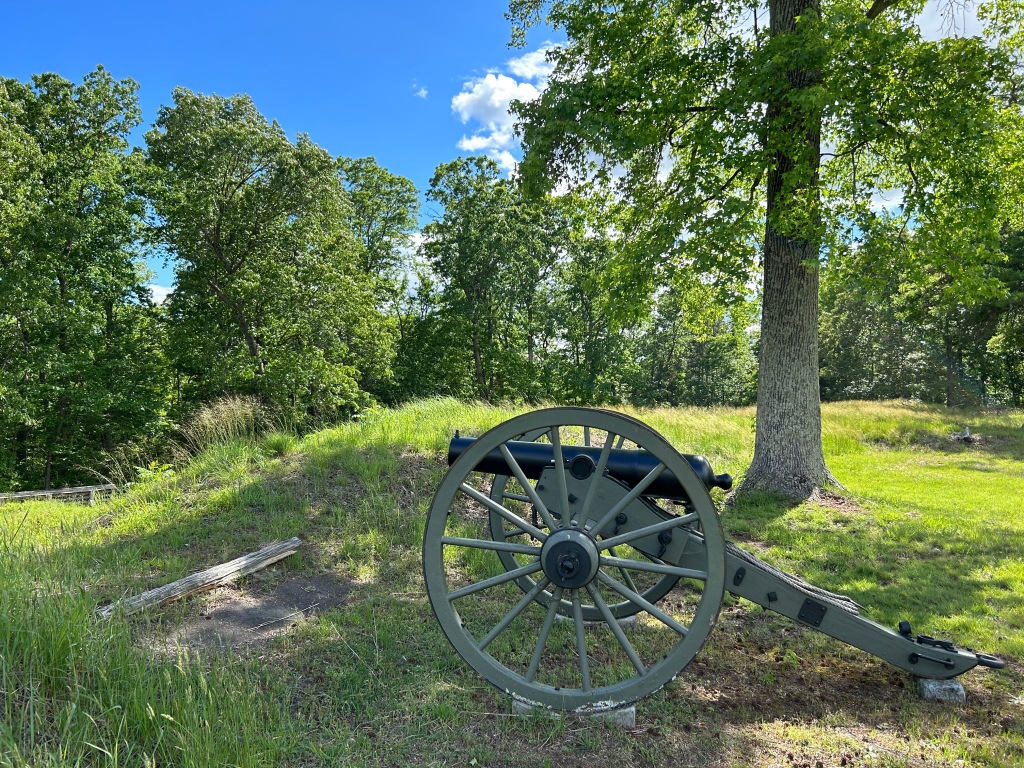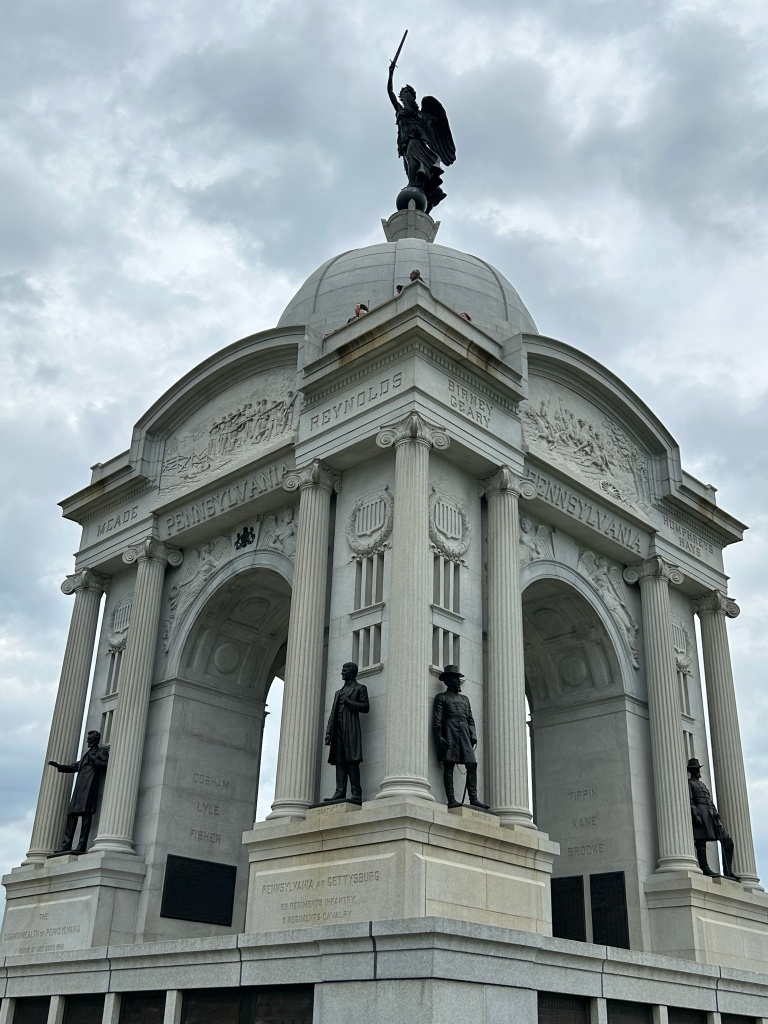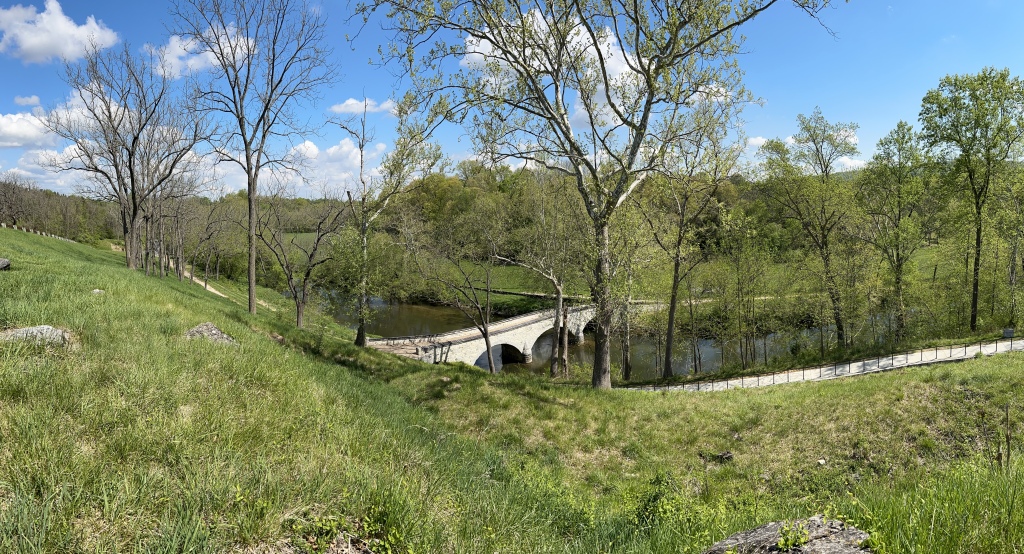
Read the chronology of the Revolutionary War below, and click on the links to read my visits to each battlefield park by Electric Vehicle. Our country’s independence was the result of many hard fought battles, bravery, determination, moments of military genius, critical help from our allies and luck. Visiting the sites helps bring to life the story we should all know.
On the 19th of April 1775 at the Old North Bridge in Concord, Massachusetts, the embattled farmers resisted British efforts to take their stockpile of weapons and fired ‘the shot heard round the world’ against the world’s dominant military power.
After the British retreated from Concord to Boston, the rebellious colonists tried to trap the British in Boston. The monument on Bunker Hill commemorates the siege in June 1775, but the Americans were unable to defeat the British that year.
The first significant Patriot victory happened in Moores Creek North Carolina in February 1776 at a bridge much like Concord’s, where Scottish Highlanders charged with broadswords and were cut down by muskets behind low earthworks.
That same winter, Henry Knox brought captured cannon from Fort Ticonderoga in New York on sleds to Boston, surrounding the British. They withdrew to Canada in March 1776, but that summer the British took New York City. Washington crossed the Lower Delaware River in December 1776, defeating the British at Trenton and Princeton, but he was unable to dislodge the British fleet or army from New York.
In 1777, the British tried to join their Quebec & New York forces and to take the de facto capital of the colonies, Philadelphia. At Forts Stanwix and Saratoga (see photo) in New York the Patriots defeated the British in August and September 1777, convincing the French to help us. But the British landed troops in Maryland and took Philadelphia from the south.
Washington trained and wintered with his army in Valley Forge in 1778 and 1779 and in Morristown 1779 and 1780. The most notable victory in that time was when George Rogers Clark took Fort Sackville Indiana in February 1779, winning control of the lands bordering the Great Lakes.
But in 1780 the British took Charleston South Carolina and attempted to take control of the southern colonies. In October, the Patriots won at Kings Mountain South Carolina. In January 1781, the Patriots executed a rare maneuver to win at Cowpens South Carolina, but Cornwallis eked out a costly victory at Guilford Courthouse North Carolina in March. Then in June the Patriots failed to take the British fort at Ninety-Six South Carolina.
The war may have continued for a couple more years, but our French allies helped us win the critical victory that fall. Washington and Rochambeau secretly marched their combined armies down the coast to Yorktown Virginia, while the French fleet blocked the entire entrance to the Chesapeake Bay. Cornwallis surrendered on the 19th of October 1781.








